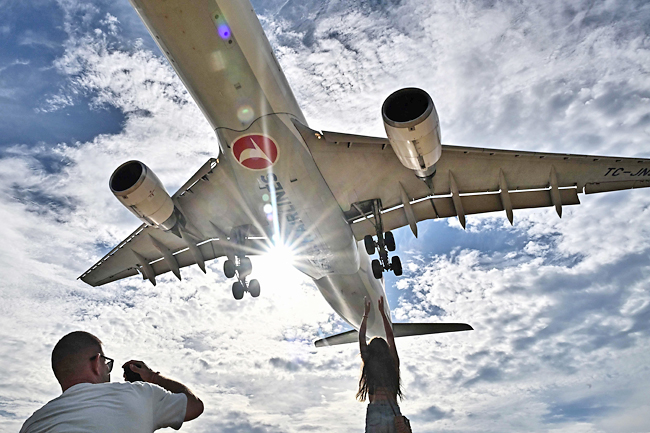AFP – Major airport expansion projects are taking off across Thailand, Cambodia and Vietnam, and a new airline is set to launch next year – all banking on an expected boom in air travel in Southeast Asia, fuelled by Chinese and Indian tourists.
But there are doubts about whether it will materialise in an uncertain economic environment and as worries about the impact of travel on climate change deepen.
Thailand’s Really Cool Airlines is expected to start flying between Bangkok and Japan around mid-2024, but Chief Executive Officer Patee Sarasin – a veteran of the region’s cutthroat budget sector – said it has been a battle to launch a new carrier just after a pandemic.
“It’s a lot of money. It has been quite gruelling to raise the funds,” he told AFP.
“There are some points (where you say) ‘why am I doing this?’ It crossed my mind many, many times.”
Patee ran budget carrier Nok Air for more than a decade, but while he is coy about the finer details of the new venture, he claims it may yet change the aviation paradigm.

He added: “Southeast Asia is going to be probably one of the centres of the universe in the future, with the slowdown in Europe, and in the United States.”
Flying took a hammering globally during the pandemic as international travel all but shut down, but the industry is bullish about its bounceback, evidenced by a flurry of big-ticket orders at this month’s Dubai Air Show and bumper profit jumps for the likes of Air France-KLM and Ryanair.
Southeast Asia is becoming a hot property, with private and public players competing for an expanding market.
The region currently accounts for 10 per cent of global traffic – more than 500 million passengers in 2019.
And Boeing expects this figure to grow around 9.5 per cent a year over the next two decades, well above the global average of 6.1 per cent.
Across the region from Bangkok to Hanoi, governments are splashing billions of dollars to update and expand airport infrastructure. A new terminal opened at Suvarnabhumi, Bangkok’s main international airport, in September, and a third runway is being built.
There are plans for a third terminal at the city’s other airport, Don Mueang, as well as a doubling of capacity at Chiang Mai in the north, and expansion in the major island tourism hub Phuket.
Cambodia has grand plans to make Phnom Penh’s new USD1.5 billion airport, expected in 2025, a regional hub to compete with Bangkok and Singapore, with about 50 million passengers by 2050.
Further evidence of the kingdom’s ambitions came earlier this month with the opening of the new Chinese-funded USD1.1 billion airport at Siem Reap, the gateway to the Angkor Wat temple complex, Cambodia’s biggest tourist draw.
Built as part of Beijing’s sprawling ‘Belt and Road’ infrastructure scheme, the Siem Reap airport is designed to handle 12 million passengers a year by 2040 – double the total number of foreign tourists who visited the country in 2019.






